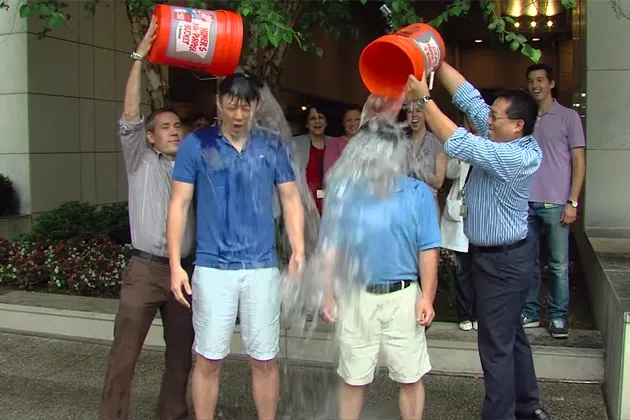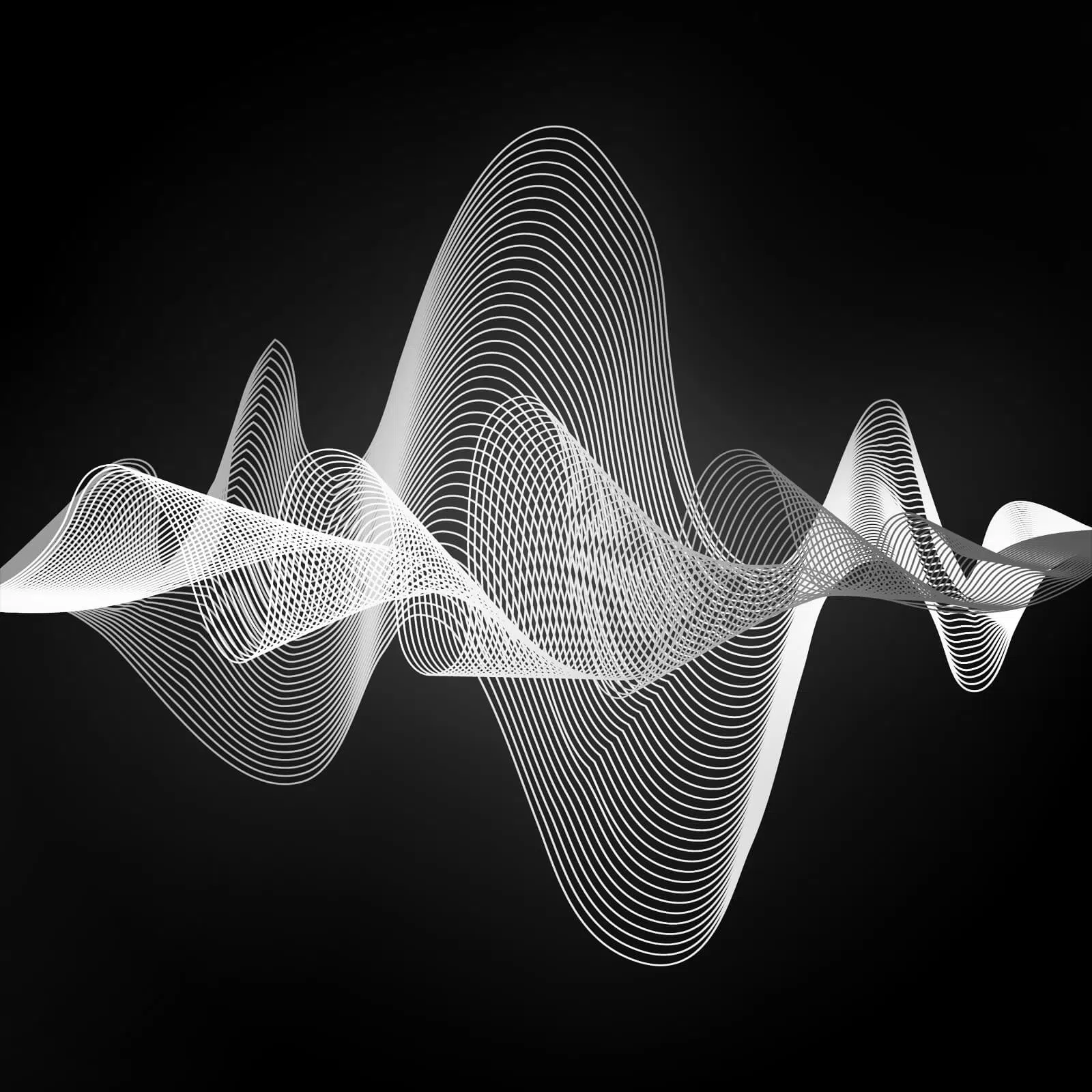If you took part in the ALS Ice Bucket Challenge you can feel extra good now since scientists are crediting the viral video stunt that spread around the world to helping find a cure for the disease!
That’s right, according to The Washington Post researchers are giving credit to the crazy awareness campaign that dominated YouTube and the internet last summer for helping to advance their work to some major discoveries about ALS.
While many people may have been motivated by vanity to post videos of themselves being drenched by ice water, the ALS Ice Bucket Challenge helped raise more than $100 million for ALS research. Using that money researchers at Johns Hopkins University think they have found the potential path to curing ALS.
In a study published this month, they said they think they’ve figured out how a protein called TDP-43 might be responsible for the disease. Basically, the protein clumps up inside the neurons of people with ALS, as well as 45% of people with a type of dementia called FTD, but scientists didn’t know why it mattered. The new study found that TDP-43 is supposed to prevent cells from using the wrong genetic information to make other proteins. But it stops working when it clumps together, so the cells malfunction and die.
While the discoveries are a major breakthrough, it will likely be years before they can figure out how to stop this from happening. That means the discoveries will not help those suffering from ALS now. However, they do believe that this will lead to at least a treatment if not out right cure for the disease.
In the YouTube video above from Johns Hopkins University above professor Philip Wong and graduate student Jonathan Ling share the news of the research discoveries and take part in the 2015 ALS Ice Bucket Challenge.
By: Buck Stevens









